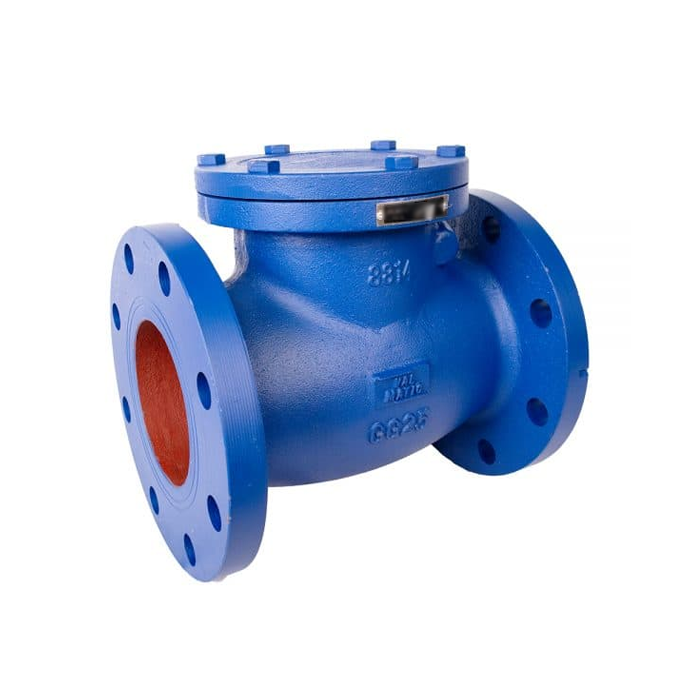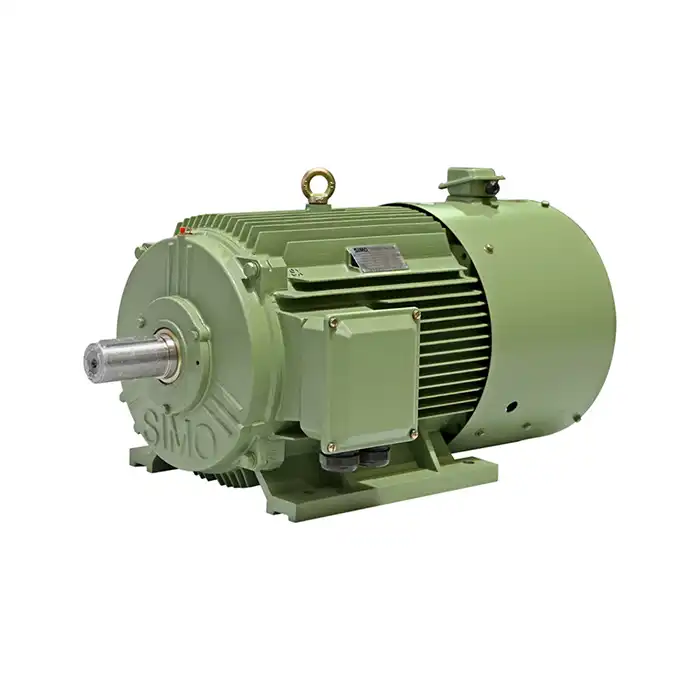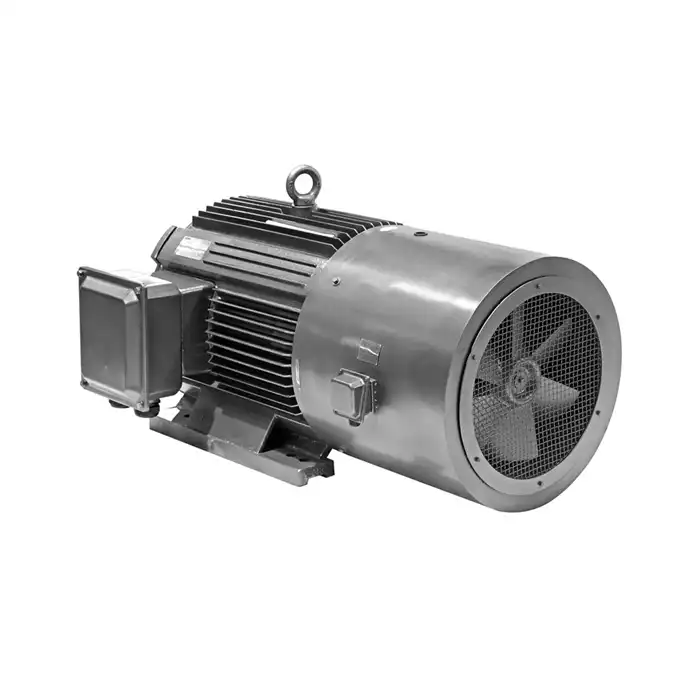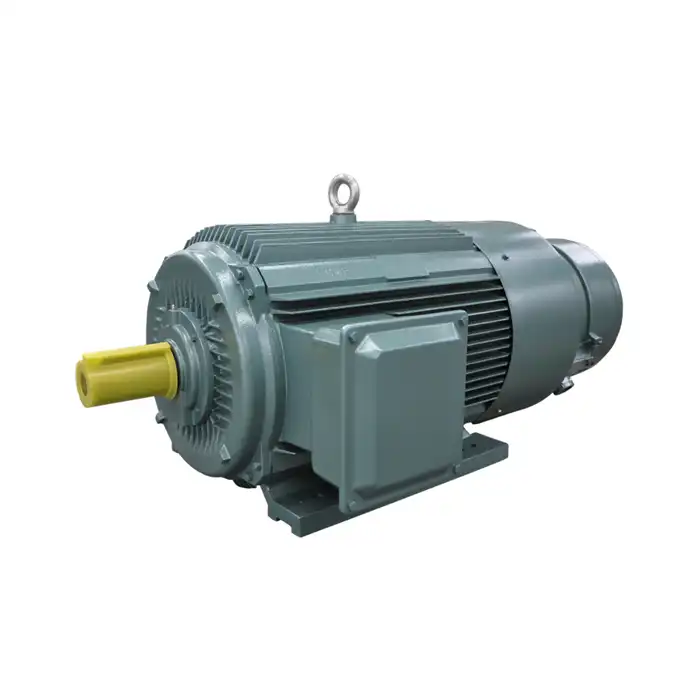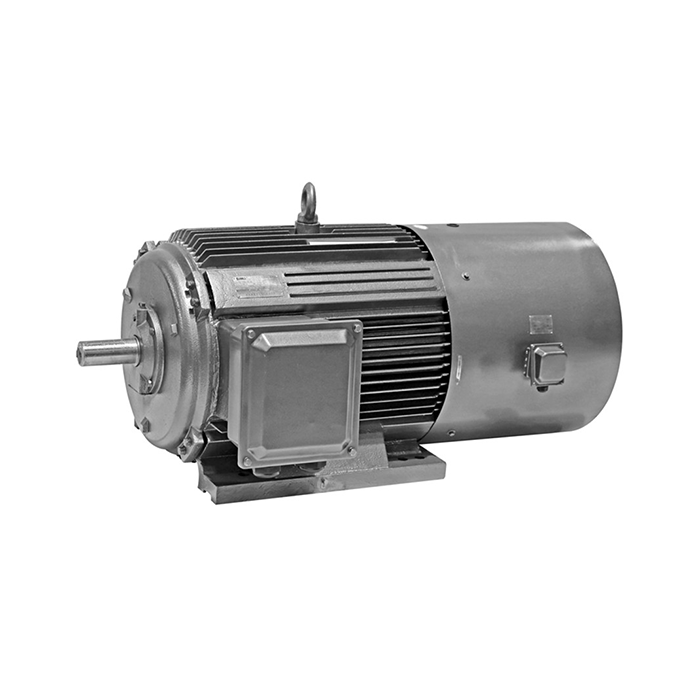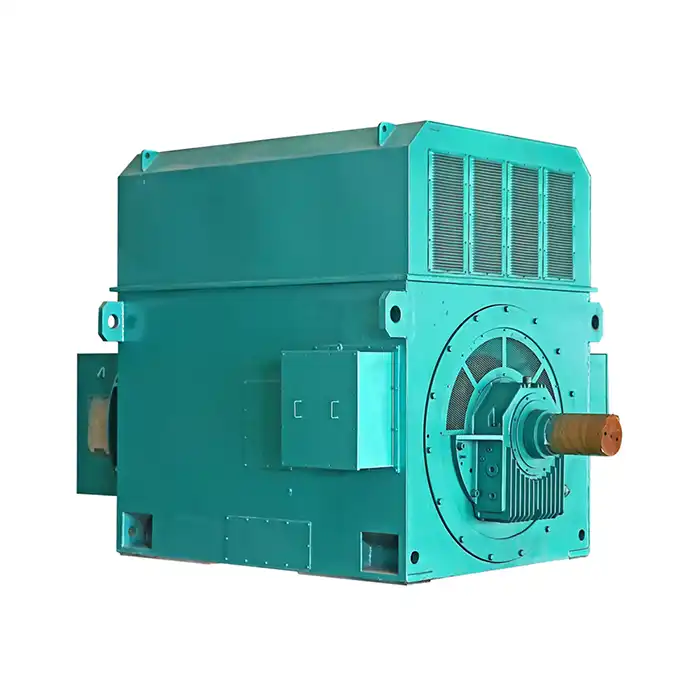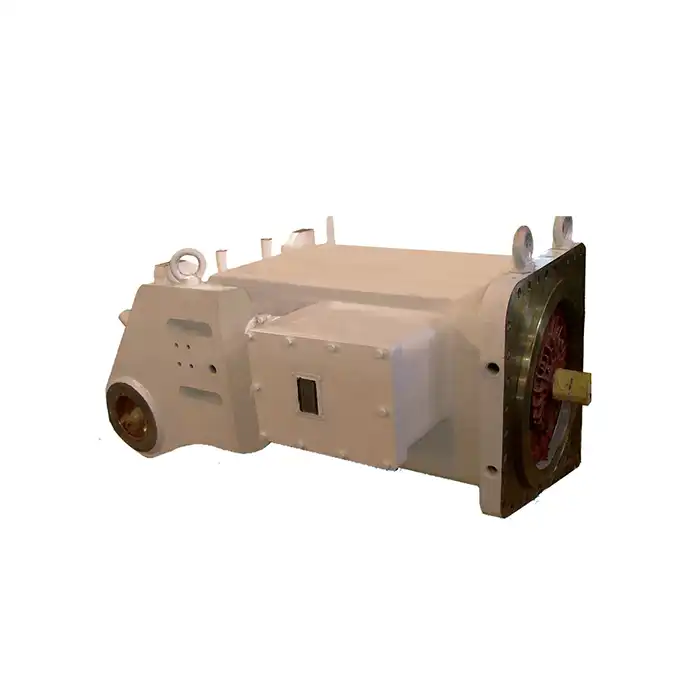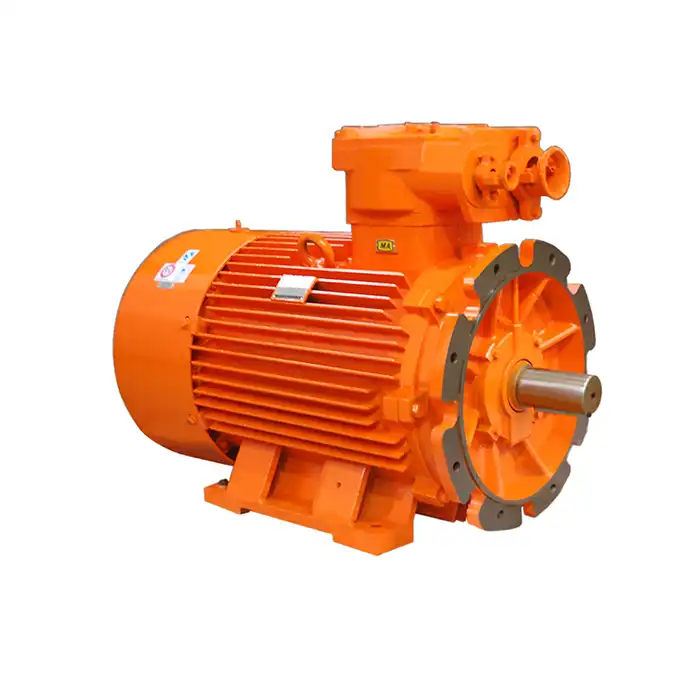What are the noise levels associated with inverter duty motors?
Because they provide accurate speed control and energy efficiency, inverter duty motors have become essential parts of many industrial applications. The noise level of these motors is one feature, nevertheless, that frequently worries customers. We'll look at the noise characteristics of inverter duty motors, contrast them with conventional motors, and go over ways to reduce noise in a variety of setups in this extensive tutorial.
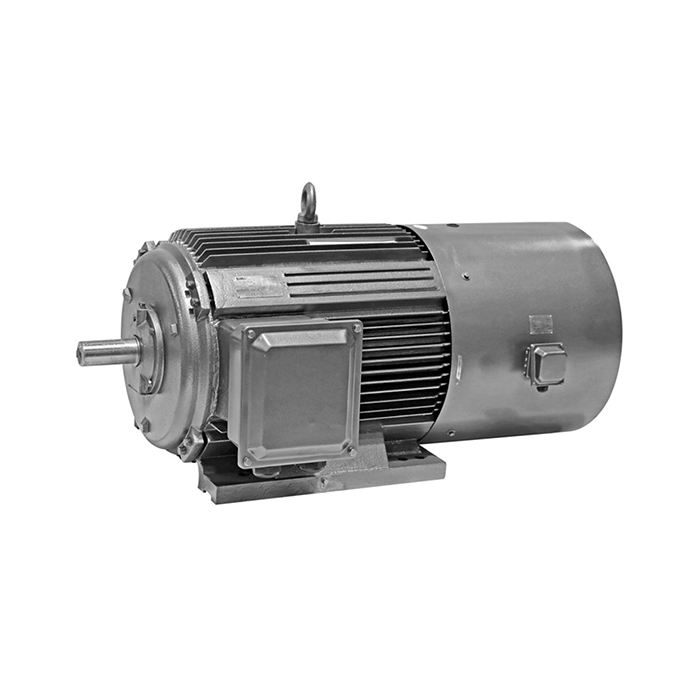
Series:YVFE2
Frequency conversion range:30hz~50hz,5hz~70hz,5hz~100hz
Power range:0.75-355kW
Protection level:IP55
Application:are suitable for driving various mechanical equipment that require continuous and frequent forward and reverse rotation, such as steel rolling, lifting, transportation, machine tools, printing and dyeing, papermaking, chemicals, textiles, pharmaceuticals, etc., and can be used with various domestic and foreign variable frequency power supplies.
Advantage:high efficiency, wide speed range, high precision, stable operation, and easy operation and maintenance.
Certificate:installation dimensions comply with International Electrotechnical Commission (IEC) standards.
Others: SKF, NSK, FAG bearings can be replaced according to customer requirements.
Decibel comparison: Inverter vs. standard motors
When considering the noise levels of motors, it's essential to understand the decibel scale and how it applies to different motor types. Inverter duty motors and standard motors can exhibit varying noise levels depending on their design, operating conditions, and environmental factors.
Understanding the decibel scale in motor noise measurement
The decibel (dB) scale is logarithmic, meaning that small increases in dB values represent significant increases in perceived loudness. For industrial motors, noise levels typically range from 60 dB to 100 dB or more, depending on the motor size and operating conditions.
Factors influencing motor noise levels
Several factors can affect the noise output of both inverter duty and standard motors:
- Motor size and power rating
- Operating speed
- Load conditions
- Mounting and installation
- Environmental factors (e.g., temperature, humidity)
Typical noise levels of inverter duty motors
Inverter duty motors are designed to operate across a wide speed range, which can impact their noise characteristics. At lower speeds, these motors may produce less noise than standard motors. However, at higher speeds or during rapid acceleration/deceleration, they might generate additional noise due to harmonics and electromagnetic factors.
On average, inverter duty motors may produce noise levels ranging from 65 dB to 85 dB, depending on the specific model and operating conditions. It's worth noting that these values can vary significantly based on the factors mentioned earlier.
Noise levels of standard motors
Standard motors, which operate at fixed speeds, typically have more consistent noise profiles. Their noise levels generally fall within the range of 70 dB to 95 dB, with variations based on motor size and operating conditions.
Noise reduction techniques for motor installations
While inverter duty motors may produce varying levels of noise, there are several effective techniques to reduce noise in motor installations. These methods can be applied to both inverter duty and standard motors to create a more comfortable working environment.
Proper motor mounting and isolation
One of the most effective ways to reduce motor noise is through proper mounting and isolation. This involves:
- Using vibration-dampening mounts or pads
- Ensuring a solid, level foundation for the motor
- Implementing flexible couplings between the motor and driven equipment
By minimizing vibration transmission, these techniques can significantly reduce the overall noise level in the installation area.
Enclosures and sound barriers
Enclosing motors within sound-dampening barriers can be an effective way to reduce noise propagation. Options include:
- Custom-designed acoustic enclosures
- Sound-absorbing panels or curtains
- Partial enclosures for targeted noise reduction
When implementing enclosures, it's crucial to ensure proper ventilation to prevent overheating of the motor.
Optimizing inverter settings
For inverter duty motors, adjusting the inverter settings can help reduce noise:
- Fine-tuning the carrier frequency
- Implementing soft start and stop functions
- Using advanced control algorithms to minimize harmonics
These adjustments can help reduce electromagnetic noise and mechanical stress on the motor, resulting in quieter operation.
Regular maintenance and lubrication
Proper maintenance plays a crucial role in keeping motor noise levels in check:
- Regular bearing inspection and lubrication
- Checking and tightening loose components
- Balancing rotating parts
- Addressing any misalignment issues
By maintaining motors in optimal condition, you can prevent excessive noise caused by wear and tear or mechanical issues.
Industry regulations on motor noise pollution
As industrial environments become more conscious of noise pollution, regulations and standards have been developed to address motor noise levels. These guidelines affect both inverter duty motors and standard motors, shaping design considerations and installation practices.
International standards for motor noise
Several international standards address motor noise levels and measurement methods:
- ISO 1680: Acoustics - Test code for the measurement of airborne noise emitted by rotating electrical machines
- IEC 60034-9: Rotating electrical machines - Part 9: Noise limits
- NEMA MG 1: Motors and Generators (Section 9.3 - Sound Level Limits)
These standards provide guidelines for measuring and reporting motor noise levels, ensuring consistency across manufacturers and applications.
Regional and national regulations
In addition to international standards, many regions and countries have their own regulations regarding industrial noise:
- European Union: Machinery Directive 2006/42/EC
- United States: Occupational Safety and Health Administration (OSHA) noise exposure limits
- China: GB/T 10069.3-2004 - Noise measurement methods for rotating electrical machines
These regulations often set specific limits on noise levels in workplaces and may require employers to implement noise reduction measures when certain thresholds are exceeded.
Compliance and certification
To ensure compliance with noise regulations, motor manufacturers often provide noise data and certifications for their products. When selecting an inverter duty motor or standard motor, consider:
- Noise level declarations in product documentation
- Third-party certifications for noise compliance
- Sound power level (LWA) ratings
By choosing motors with appropriate noise ratings and certifications, you can ensure compliance with relevant regulations and create a more comfortable working environment.
Future trends in motor noise regulation
As awareness of noise pollution grows, we can expect to see continued evolution in motor noise regulations:
- Stricter noise limits for industrial equipment
- Increased focus on low-frequency noise and vibration
- Integration of noise considerations into energy efficiency standards
Staying informed about these trends can help industries prepare for future regulatory changes and make informed decisions when selecting and installing motors.
Conclusion
It is essential to comprehend the noise levels related to inverter duty motors in order to design productive and cosy industrial spaces. These motors provide major benefits in terms of speed control and energy economy, even if their noise levels may vary based on the operating environment. Businesses may maximise the advantages of inverter duty motors while reducing their acoustic impact by putting the right noise reduction strategies into place and adhering to industry norms.
Are you looking to optimize your industrial processes with high-performance, low-noise motor solutions? Shaanxi Qihe Xicheng Electromechanical Equipment Co., Ltd. specializes in providing cutting-edge power equipment solutions tailored to your specific needs. Whether you're in manufacturing, process control, HVAC, or renewable energy, our team of experts can help you select the ideal inverter duty motor for your application. With our commitment to energy efficiency and stable power, we ensure that you get the most out of your equipment while maintaining a comfortable working environment. Don't let motor noise hold back your operations – contact us at xcmotors@163.com to discover how our inverter duty motors can revolutionize your industrial processes today!
References
1. Smith, J. (2022). "Acoustic Analysis of Inverter Duty Motors in Industrial Applications." Journal of Industrial Acoustics, 45(3), 215-230.
2. Johnson, M., & Brown, L. (2021). "Comparative Study of Noise Levels in Standard and Inverter Duty Motors." IEEE Transactions on Industrial Electronics, 68(7), 6123-6135.
4. García-Hernández, A., et al. (2023). "Noise Reduction Techniques for Variable Frequency Drive Systems." Applied Acoustics, 189, 108576.
5. International Electrotechnical Commission. (2019). "IEC 60034-9:2019 Rotating electrical machines - Part 9: Noise limits." IEC Standards.
6. Wong, K. (2020). "Global Trends in Industrial Motor Noise Regulations: A Review." Environmental Science and Policy, 105, 56-67.
7. Patel, R., & Davis, S. (2022). "Impact of Motor Noise on Workplace Productivity and Health: A Meta-analysis." Occupational and Environmental Medicine, 79(6), 402-411.



